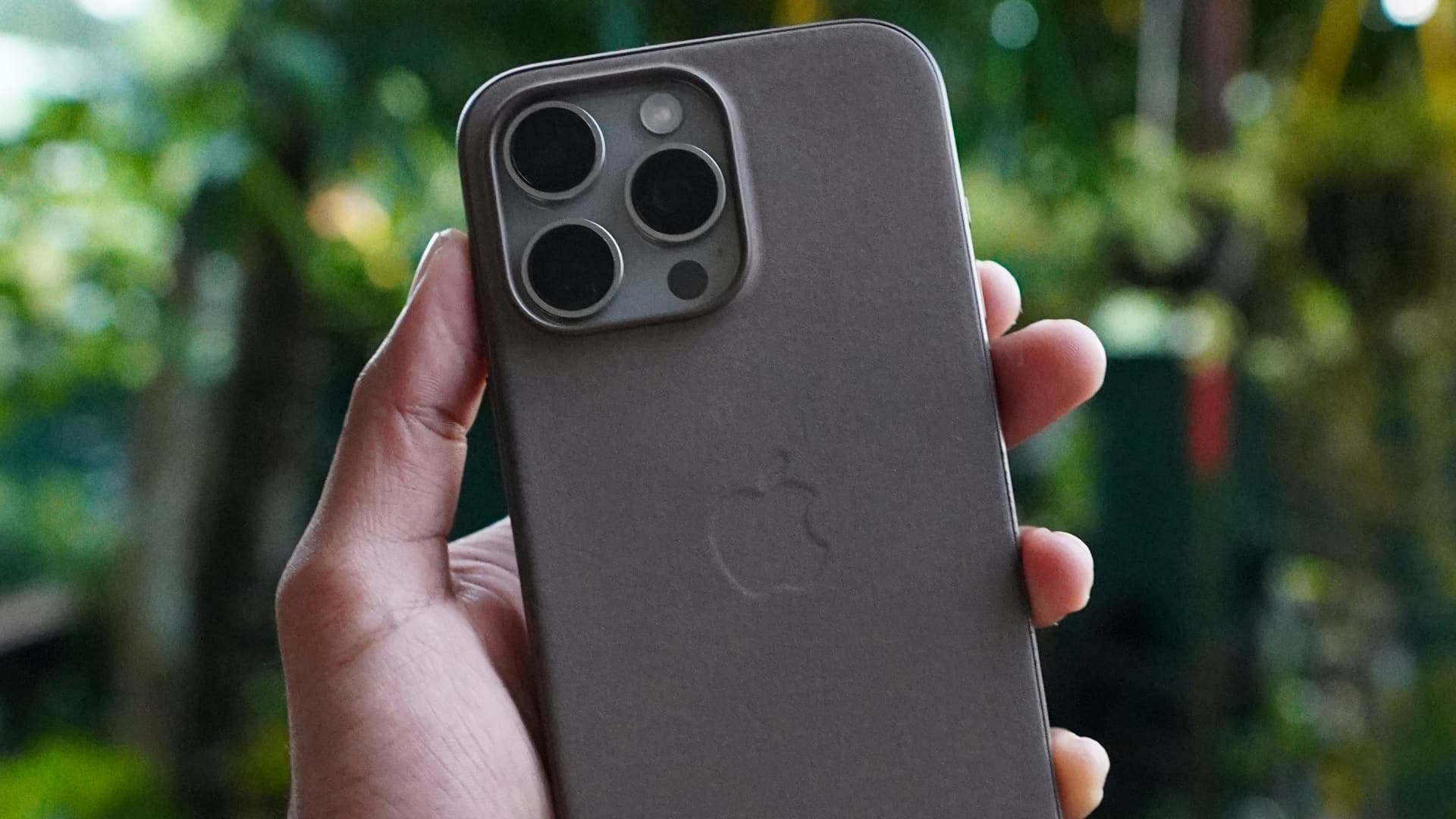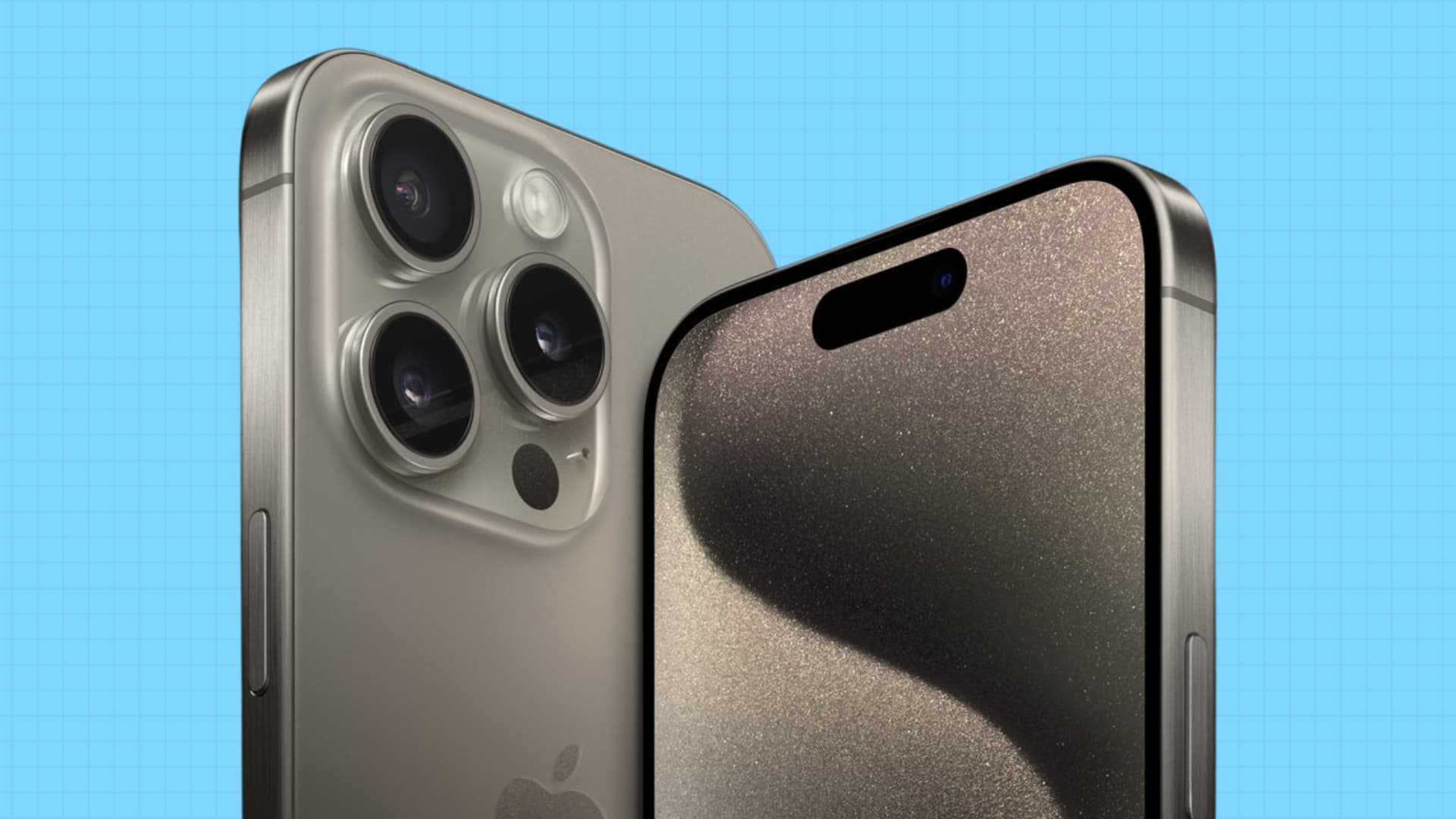The iPhone 16 lineup may be able to shoot photos in JPEG-XL for 3x smaller files

The iPhone 16 and iPhone 16 Pro could let you set the Camera app to save images in the 3x smaller JPEG-XL file format as a successor to the good ol’ JPEG.

AppleInsider ran a new report under the “AppleInsider Staff” byline that brags about learning “exclusive new details” about “every iPhone 16 and iPhone 16 Pro camera specification,” including everything about the rumored capture button. Setting aside for a moment the sensationalist title that reads like it was ripped off straight from the 1980s tabloid journalism playbook, the following passage caught my eye.
“We heard two other small details about these upgraded cameras. Our sources say Apple will support a new image format with the iPhone 16. That new format is said to be called JPEG-XL. It will sit alongside HEIF, JPEG, HEIF Max, ProRaw and ProRAW Max that are offered now.” Doesn’t AppleInsider know that JPEG-XL exists?
I didn’t have to consult my sources to tell you that Apple brought decode JPEG-XL support to Safari alongside iOS 17, iPadOS 17 and macOS Sonoma last year. To confirm this “exclusive” information, I just visited the JPEG-XL test page. My iPhone, iPad and Mac rendered JPEG-XL images like nobody’s business.
The iPhone 16 family could let you shoot in JPEG-XL
If an upcoming Apple silicon chip debuting in the iPhone 16 family brings hardware codec for JPEG-XL, you may be able to shoot JPEG-XL for the first time. That should be enough to awaken the sleepy industry and help popularize the format. With iPhones now taking 48MP images, the need for JPEG-XL takes on new importance.
With iOS 16 and later, you can set your iPhone to shoot 48MP HEIFF or JPEG photos. Before that, you could only shoot 48MP images in the RAW format (12-15x larger file sizes). With JPEX-XL, however, the same 48MP image would take about one-third of the space of its regular JPEG version. Apple could even transcode all JPEG images in your Photos library into JPEG-XL to save on storage space without quality loss.
What is JPEG-XL? How’s it better than standard JPEG?
JPEG XL is a royalty-free image file format created by the Joint Photographic Experts Group, the committee that designed the JPEG format. Draft JPEG-XL specification was published in July 2019, with the file format and coding system standards finalized in October 2021 and March 2022, respectively.
JPEG-XL uses a new compression algorithm called Modular Entropy Coding, resulting in 3x better compression than JPEG. It supports both lossy and lossless compression. JPEG-XL can encode images up to 1 terapixel with up to 32 bits per component and up to 4099 channels (one for grayscale, three or four for RGB/CMYK and the rest for other uses, like alpha, depth, thermal data, etc.)
Other perks include embedded previews, animated images, advanced progressive decoding (for the web), layers, spot colors, HDR and wide color gamut color spaces with high dynamic range, such as Rec. 2100 with the PQ or HLG transfer function. With JPEG-XL, no chroma subsampling (444) is the recommended option. For further information, visit the official JPEG website.
IS JPEG-XL better than Google’s WebP and AVIF?
JPEG-XL is better than the Google-developed WebP and AVIF, which are well-supported on Apple’s platforms. (WebP works natively on the iPhone, iPad, and Mac as of iOS 16, iPadOS 16 and macOS Ventura). Naturally, Google has a vested interest in snubbing JPEG XL so that its WebP and AVIF have higher chances of succeeding. Apple’s adoption of JPEG-XL will change this dynamic.
Designed as a future-proof successor to the standard JPEG format, JPEG-XL offers high compression rates and smaller files than other formats. It’s particularly suited for images loaded over slow connections as you can losslessly convert existing JPEG files to JPEG-XL for sixty percent smaller files without quality loss.
If JPEG-XL is so great, why isn’t it widely supported?
JPEG-XL adoption has been somewhat rocky because it’s a relatively new format that is not yet widely supported by all devices and browsers. Android doesn’t yet support JPEG-XL, while Microsoft has unofficial JPEG-XL support via a third-party Windows Imaging Component (WIC) plugin, like JXL-Winthumb, which brings decode support to File Explorer, Microsoft Photos and Windows Photo Viewer.
Many web browsers allow you to open JPEG-XL images at some point, including Chromium (the engine powering Chrome, Brave, and Microsoft Edge). However, Google removed support from Chromium in December 2022, citing a lack of interest from the ecosystem. As we speak, only Firefox has preliminary support for JPEG-XL.
That doesn’t mean the format’s future isn’t bright. Adopting a new file format takes a few years, as we saw with the HEIFF (H.265) image format Apple introduced in iOS 11 as the first company to embrace it. All major platforms now work with HEIFF images out of the box, but it took a few years to get there.
Source link: https://www.idownloadblog.com/2024/08/22/iphone-16-jpeg-xl-rumor/



Leave a Reply